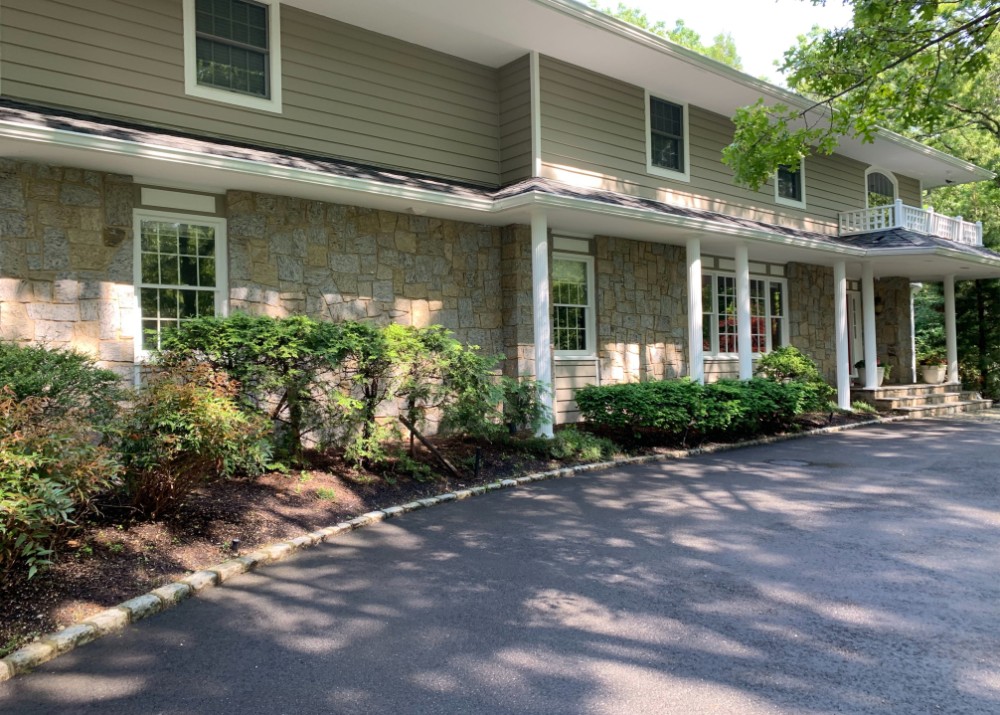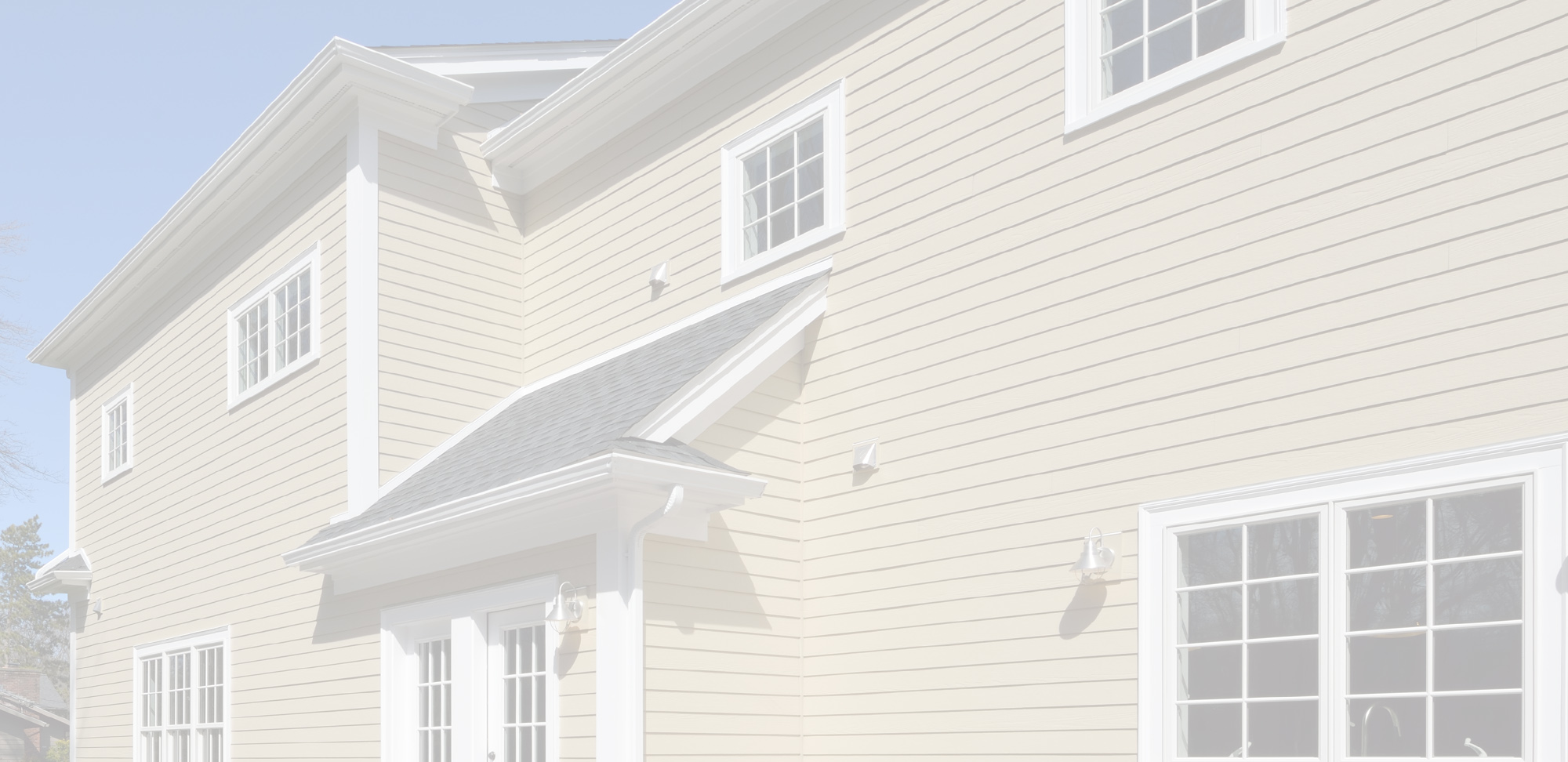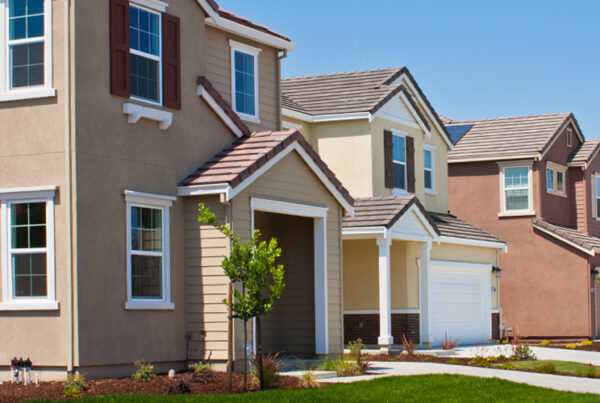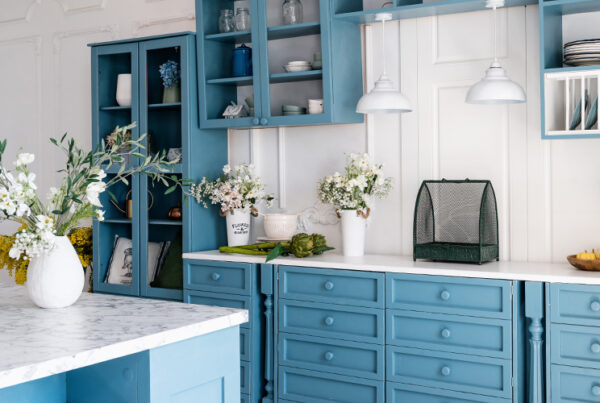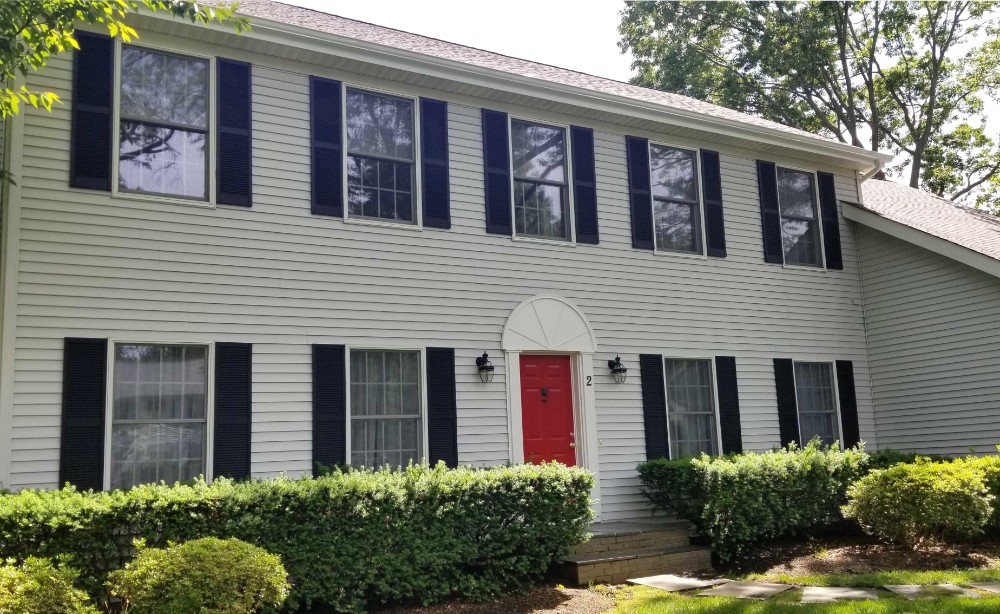
Many factors go into determining how often to paint your house exterior, and different experts will give you varying answers, but a good rule of thumb is to repaint every 5 to 10 years. Where you live, the quality of materials your house is made with, and climate are only a few of the factors that determine when it’ll be time to repaint. It’s recommended you discuss with a professional who will know what signs to look out for when determining how often to paint your house exterior. This guide will help you get a better idea of what to look out for and what to expect.
What Factors Affect The Durability Of An Exterior Paint Job?
It’s a good idea to have a checklist of things to look into when determining the durability of your home’s exterior paint job. There’s many factors to keep track of, and taking the time to observe and note these factors and how they interact with your house can save you a lot of frustration and headache. As mentioned before, it’s recommended you discuss with a professional to give you a more clear and concise scope of things to consider when gauging the durability of your home’s exterior, but here’s a quick guide to get your started.
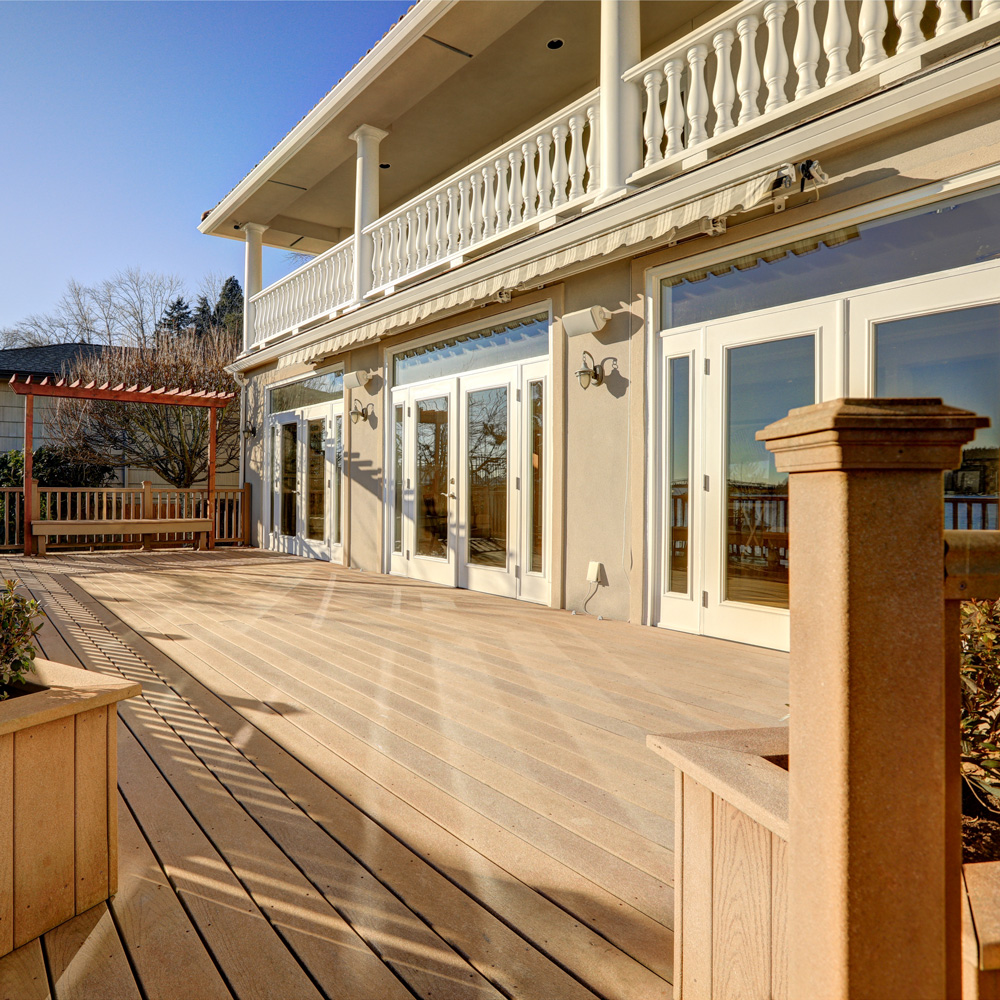
Pay Attention To The Direction Your House Faces
This is probably something you’ve never thought about, but what direction your house faces can play a key role in determining how often to paint your house exterior. Pay attention to which side of your house faces south or southwest as these sides are more prone to UV light exposure, which is one of the main factors that breaks down exterior paint. It’s also helpful to take note of the side of your house that faces the most wind.
Climate
Understanding the climate of where you live is an important part of knowing how often to paint your house exterior. Whether it be wet versus dry or hot versus cold, climate plays a huge role in the durability of an exterior paint job. It’s recommended you speak with a professional about the ways climate has affected homes in your area to get a better understanding of what you can do to make sure your home gets the proper protection from the elements.
Location
Do you live in the mountains, a dry and humid place, or the beach? Your location could help you determine what kind of wear and tear to expect on the exterior paint of your house. Living near a beach means salty air and intense sun, while living in the mountains could mean bitter cold and snow/ice, all factors that affect the longevity of your home’s exterior paint.
Weather
With changing seasons comes changing weather that, depending on your area, can be calm and gentle or temperamental and unforgiving. Understanding your area’s weather patterns can help you prepare for a situation where a new exterior paint job could help your home’s exterior paint stand up to and last longer against the elements, effectively minimizing future repair costs.
What Kind Of Exterior Paint Does Your House Already Have?
Sure, it’s not as exciting as weather, but knowing what previous type of paint was used to paint your home’s exterior can help to give you a better idea of how long the paint is going to last. It’s about low versus high quality paints. High quality paints may be more expensive up front, but you’ll be glad you decided against the low quality paint when it comes time to repaint your home’s exterior, and so will your wallet.
Something else to take note of is what color the exterior paint on your home is. Is it lighter or darker? Darker colors absorb more sunlight and heat, which tends to mean a shorter lifespan for your exterior paint.
What Kind Of Wood?
Even with exterior paint, the type of wood beneath plays a role in the longevity of your home’s exterior paint job. Softwoods like redwood or cedar are popular choices and typically weather resistant, but tend to be more susceptible to damage compared to hardwoods like oak or ash.
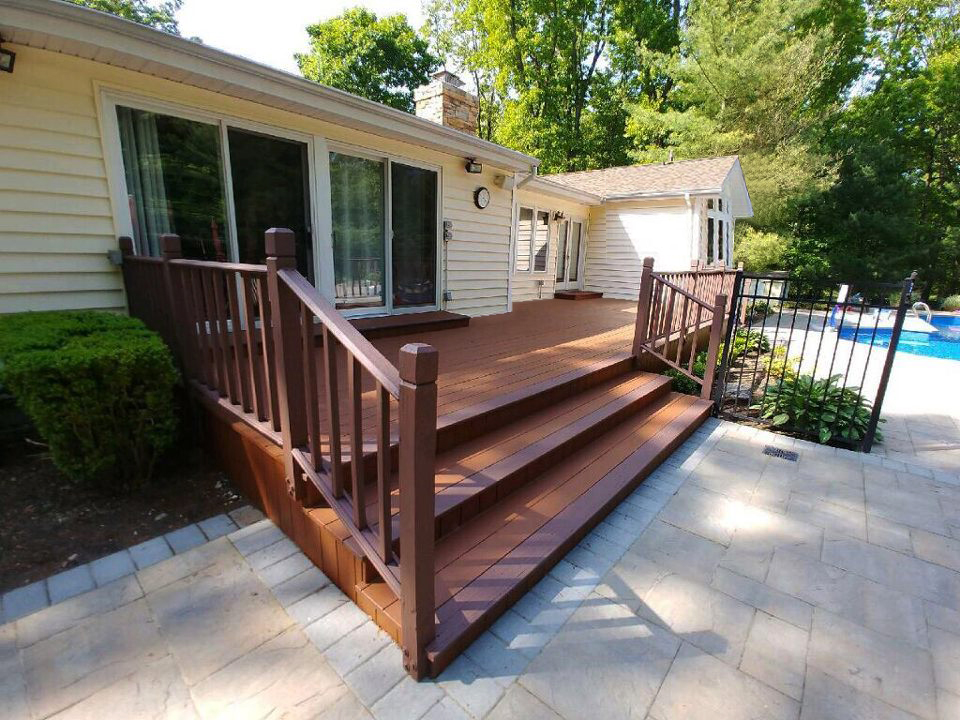
Signs It’s Time To Repaint Your House Exterior
Wear And Tear
One of the obvious signs of wear and tear on your home’s exterior paint is anywhere there’s peeling, flaking, or the color has faded and has a chalky appearance. Not only is it unsightly, it’s risky for the durability of your exterior walls if left unchecked. Not to mention it decreases your home’s curb appeal.
Selling
If you’re looking to sell your home and wish to increase its curb appeal, repainting your home’s exterior is a quick, easy, and cost efficient way to protect the value of your investment.
Gaps Or Shrinkage
Any areas around your home that looks like it’s pulling away from your doors and windows usually mean moisture has leached into the wood and compromised it. It’s recommended you seek a professional to assess the damage and provide the appropriate fix.
Cracked Caulk
If you’ve ever noticed the caulking, a sealant used between walls, windows, and doors, has begun to crack and fall away, it’s probably time to paint.
Time
If it’s been more than ten years since your last exterior paint job, it’s safe to say that it’s time for a new one.
Maintenance Of Your Home’s Exterior
To ensure your home’s exterior will be long lasting, regular maintenance is a must. Many experts agree it’s a good idea to inspect the exterior of your home every year, or every few years to catch wear and tear right when it starts. Be on the lookout for signs of moisture damage, peeling, and cracking, and check the caulking and sealing on your doors and windows and address the problem areas wherever needed. A simple yearly checkup can help add years to the life of your home’s exterior paint job.
